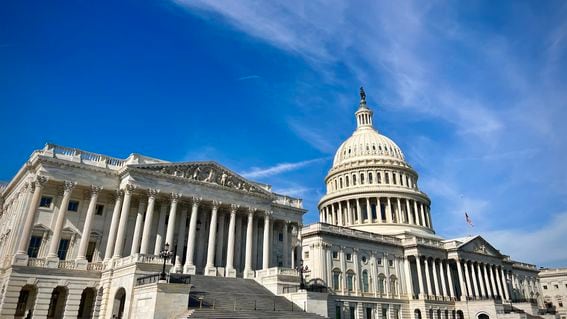If there’s one thing the world of finance knows, it’s that when the U.S. Federal Reserve takes a stance, you better pay attention.
In a bold move, the Fed has just mandated that state banks under its jurisdiction will need an official written approval before delving into certain crypto activities, specifically involving dollar tokens.
These tokens are essentially stablecoins, designed to offer some semblance of stability in the volatile cryptocurrency market by pegging their value to traditional assets like the U.S. dollar.
The Fed’s tightening grip on cryptocurrencies
This new decree didn’t emerge from the blue. The Fed’s decision comes hot on the heels of an announcement from PayPal, the payments titan, unveiling its plans to launch its own brand of stablecoin.
There’s a history here; the attempts of major corporations to roll out their own stablecoins have previously met with considerable resistance from regulators and policy wonks.
An illustrious example being the thwarted ambitions of Meta, previously Facebook, which wanted to introduce a stablecoin named ‘Libra’ in 2019. Regulatory apprehensions, specifically concerns about upsetting the global financial applecart, led to the initiative’s downfall.
But what is the Fed really after? It isn’t merely about obtaining a ‘nonobjection’ paper. The Fed has set the bar high. Banks will need to exhibit top-notch risk management capabilities. This isn’t just a cursory check.
The institutions should be equipped to both identify and monitor an array of potential threats, encompassing the ever-present cybersecurity concerns and the looming shadow of illicit financial activities.
And if you think obtaining this permission is the end of the story, you’re in for a surprise.
More Than Just A One-Time Approval
Once the written nod is given, it doesn’t mean these banks are free to act without oversight. The Fed, always with an eagle eye on proceedings, will continue its supervisory reviews.
Not just that, any activities related to these dollar tokens will be under heightened scrutiny. The Fed’s unwavering focus on ensuring financial stability has led to these stringent measures, underscoring its commitment to keeping potential risks from tech-driven innovations at bay.
In addition to this, the central bank is upping its game. The introduction of a new supervisory program is in the works, aiming to monitor activities related to not only cryptocurrencies but also blockchain technology and collaborations with tech-centric nonbank entities.
This initiative is geared towards reinforcing the existing oversight mechanisms, ensuring that the integration of technology and finance remains seamless, without compromising the robustness of the financial system.
It’s clear that as the digital frontier of finance expands, so too does the vigilance of regulatory bodies. With more mainstream entities like PayPal venturing into the crypto space, the rules of engagement are becoming ever more stringent.
The line drawn by the Fed is a testament to this evolving dynamic. The onus is now on state banks to step up and align themselves with these emerging directives.





